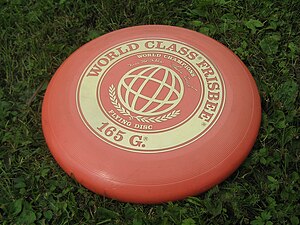 Image via Wikipedia
Image via WikipediaOnly three parks are affected by blue-green algae; all state parks and state fishing lakes ready for busy holiday weekend
PRATT — Kansas state parks are busy throughout the summer, but three weekends are the most popular — Memorial Day, Independence Day and Labor Day. Labor Day weekend, Sept. 3-5, is the only summer holiday remaining this season. The Kansas Department of Wildlife, Parks and Tourism (KDWPT) wants the public to know that despite blue-green algae in two reservoirs and several smaller lakes that may limit water recreation, all state parks will be open Labor Day. Also, there are plenty of opportunities to enjoy Kansas lakes and parks since all state fishing lakes and most city and county lakes are free of blue-green algae warnings or advisories.
The Kansas Department of Health and Environment (KDHE) has been checking certain lakes nearly all summer and has issued “advisories” and “warnings” when harmful levels of blue-green algae have been detected. Based on KDHE’s findings, the Army Corps of Engineers and KDWPT have closed Milford Reservoir near Junction City, to all water use (including fishing from the bank) because of a serious health risk. However, land-based opportunities abound at the lake and Milford State Park will be open for business Labor Day weekend. While the River Pond below the dam in Tuttle Creek State Park is under a warning, boating and fishing are allowed. Tuttle Creek Reservoir is not under any warning or advisory and is open to all activities.
And, although Cheney Reservoir west of Wichita is under an Advisory, Cheney State Park is open for business. The advisory at Cheney Reservoir means harmful blue-green algae have been detected and a hazardous condition may exist, but water activities such as boating and fishing are allowed. However, direct contact with the water (wading, swimming) is strongly discouraged for people and pets.
For outdoor enthusiasts, Labor Day weekend is one of the best times of the year to visit a park or lake. The weather is still warm, and the water feels great. For those who would rather stay dry (or are visiting Milford State Park), volleyball, disc golf, trail hiking, camping, watching wildlife in the park or a nearby wildlife area, or simply sitting around a campfire and enjoying the outdoors are relaxation enough after a hard week’s work. It’s also a welcome breather before school gets back in full swing.
Blue-green algae conditions may change before the holiday so people should stay alert for updates. For more information on blue-green algae, including current warnings and advisories, visit the KDHE website, http://www.kdheks.gov/algae-



























